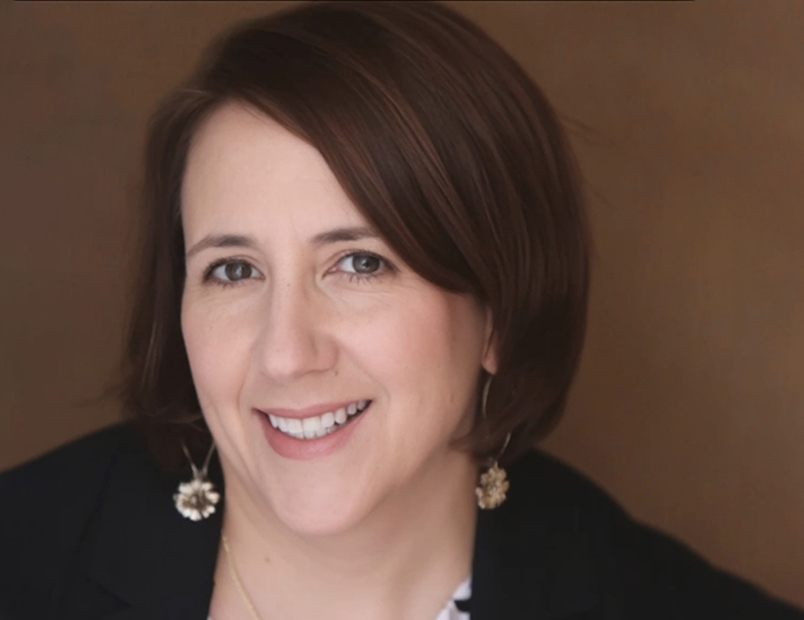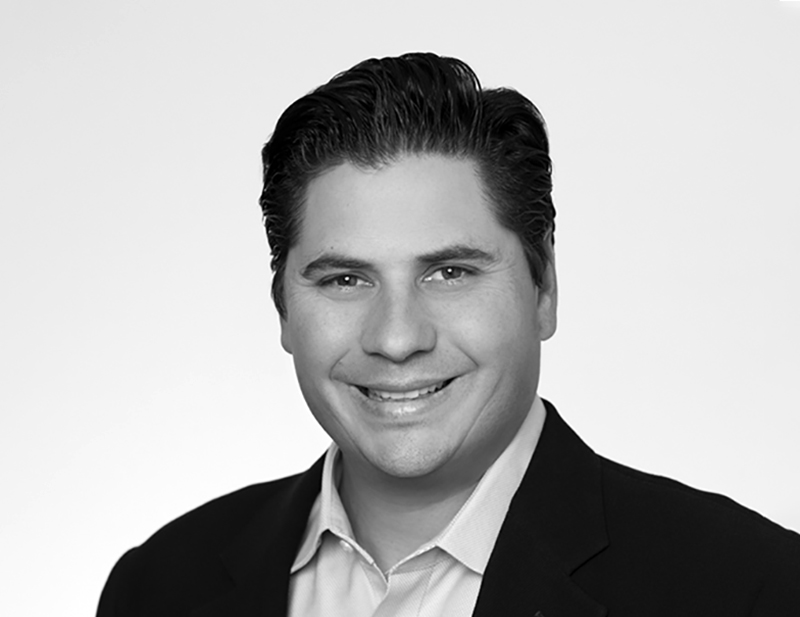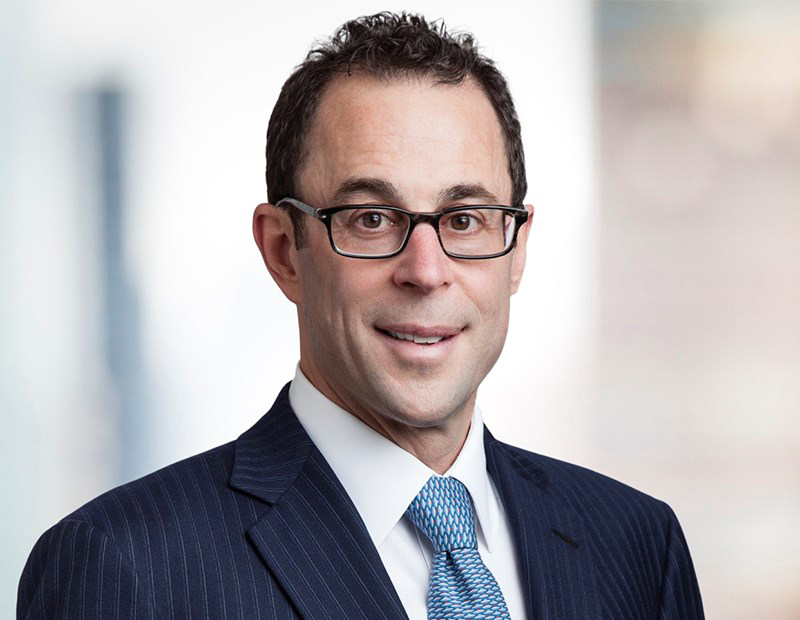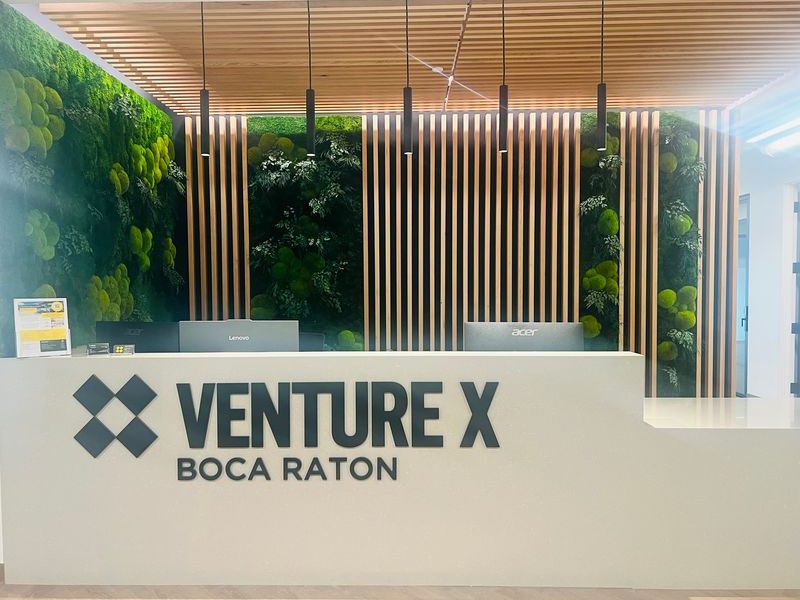Ford Motor Land Repurposes Plants
Editor-in-chief Suzann D. Silverman spoke with Ford Motor Land Development Corp. chairman Sean McCourt for CPN’s April 16 issue about achieving green and other initiatives in this difficult economic environment. What follows is their discussion about the company’s ongoing efforts to repurpose manufacturing sites that must be shut down, as well as further information on…
Editor-in-chief Suzann D. Silverman spoke with Ford Motor Land Development Corp. chairman Sean McCourt for CPN’s April 16 issue about achieving green and other initiatives in this difficult economic environment. What follows is their discussion about the company’s ongoing efforts to repurpose manufacturing sites that must be shut down, as well as further information on its brownfield redevelopment project.CPN: You’ve shut down a number of plants in the past few years. What has been your approach to disposing of them?McCourt: We don’t close the plant and then sell the plant. … Our objective is to first of all address any environmental issues on the site. Whether it’s in the ground or on the building, that’s very important to us, and we’re not going to have anyone else take that responsibility. … We put our decommissioning team together (and determine) … what’s the highest and best use, working with the local community, because our No. 1 objective is working with the community to return the property (to a) productive use. When we close a plant, it has a large impact on the larger local community, and we want to have a positive legacy in that community, so we work very closely with the local municipality, the local county and the economic development people to try to determine what’s the highest and best use for the property, what makes sense for the community.We have in some cases completely demolished the property and worked with (the community) to sell the property as a vacant site if it wasn’t appropriate to continue as manufacturing. In Atlanta, where we have a closed plant that is under contract to a development group, we worked very closely with two cities—the city of Atlanta and Hapeville—and the county. …But first we do an environmental assessment to determine if there are any environmental issues, and we perform the appropriate environmental remediation. We work with the state environmental agency, but really overall we want to work with the community to ensure that the property is returned to be a contributor to the city tax base.CPN: What other kinds of things have you done with the properties?McCourt: In Ohio, we had a plant that really was going to be used in somewhat of its current configuration. But we determined the final disposition of all the equipment and tried to deliver in that case a broom-swept, multiple-building light-warehouse-and-manufacturing type of facility. Then we sold it, and the purchaser is out identifying tenants and proposed users for the site.But some of our sites (present a different circumstance). A perfect example is the site … that’s right in … the heart of Downtown St. Paul (Minn.). It got a task force that the mayor put together. Members of the task force are really a variety of different constituencies representing different interests within the city. And we as the owner of the property are part of that task force. That task force came up with five different alternative uses, and we’re currently studying those different uses to understand what kind of infrastructure would be required—which makes the most sense—and then we’ll try to overlay that over the environmental issues, if any, on the property to determine what makes the most sense—whether a portion of it might be retail, a portion of it might be office, a portion of it might be residential. You’ve got to (consider) some of the environmental conditions of the property, but it really becomes a collaborative effort with the community, both the municipality and the residents.CPN: What (other) kind of efforts have you pursued in sustainable design?McCourt: We want to be an extremely environmentally responsible company. … In the buildings that we have, we’ve done a lot of in some cases unique (efforts) and in some cases (we’ve looked) at LEED designation and those types of opportunities. We’ve also tried to incorporate green design into all of our new-construction projects, (including) … Fairlane Green. We’re pursuing LEED designation on the multiple phases of that retail development, which is a brownfield development. … It was a former landfill operated by Ford Motor Co. It’s 243 acres. When it’s complete, it’ll have about 1 million square feet of retail, trails and eventually a park. For each phase, we are pursuing LEED designation. Phase I is complete, and we have LEED. We are submitting Phase II right now. We won the Phoenix Award for our region for the brownfield development, and it just is a great example of how we can contribute to the community in a sustainable way. But it was something for which we were able to work with the tenants upfront—that we wanted this to be a sustainable development and it was built in from the beginning; it’s not something we had to go back on. It was something that was important to us, and we ensured that it would be LEED certified in all three phases.CPN: Is that something that you’re going to remain the landlord on?McCourt: We have sold Phase I, and just a couple weeks ago we sold Phase II. We’re in the process of developing Phase III. But we’re still part of the association that’s responsible for the entire site. We worked on Phase I on identifying some of the tenants. On Phase II, we actually identified the tenants, built all the buildings and didn’t sell it until it was fully occupied. So we’ve been very involved.






